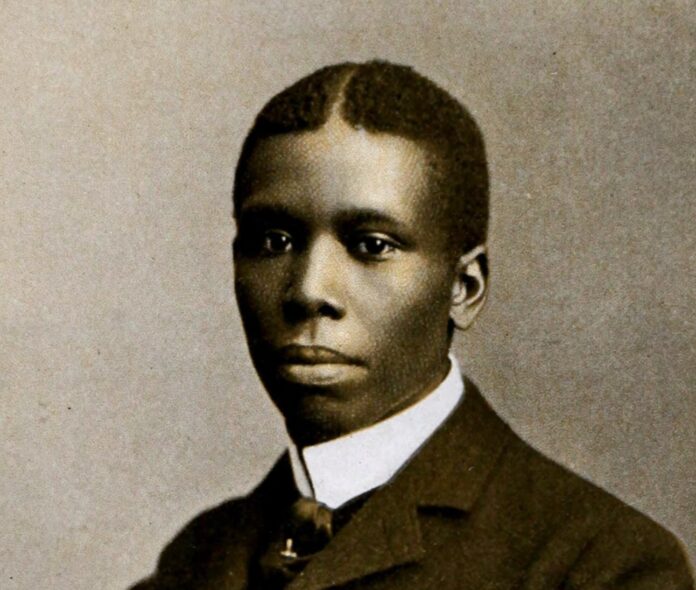I know what the caged bird feels, alas!
When the sun is bright on the upland slopes;
When the wind stirs soft through the springing grass,
And the river flows like a stream of glass;
When the first bird sings and the first bud opes,
And the faint perfume from its chalice steals—
I know what the caged bird feels!
The first stanza opens with the thematic refrain: ‘I know what the caged bird feels’. When the sun shines in the early morning when the first bird opens, the first bird sings, the river flows in its own way and all the natural things take the natural track, the caged bird feels deprived. It feels sorry for not having the freedom of others and this feeling leads him to the protest.
The second stanza deals with the theme of protest using the thematic refrain, ‘I know why the caged bird beats his wings.’ Feeling of constraints leads the bird to protest but that protest does not give anything except the wound. He beats until the bar is red with blood; his wound becomes a scar, but he does not get the freedom. As a result he moves to the act of singing for freedom. The third stanza, which deals with the prayer of the bird comes a thematic refrain, ‘I know why the caged bird sings.’ When the protest does not give him anything, he starts making a prayer which he sends towards the heaven. Through this prayer, he is making a plea for freedom. Protest fails and Dunbar supports the prayer.
The poem centers round the theme of lack of freedom, especially when you are given wings and feathers to fly, but not the sky. The bird is naturally a free flying creature, but it is captivated in the cage in the context of the poem. For the sake of freedom, it bleeds, gets wounded and scars, but all its attempts are fruitless. Finally it starts praying the god in the form of song for the freedom. The bird wants to breathe the fresh air of the jungle and wants to bathe in the cooling water of the stream. The caged bird is metaphorically standing for the slaves and oppressed people of the America.
Reflexive Analysis
Paul Laurence Dunbar was interestingly enough from Dayton, Ohio and classmate of Orville Wright. The Wright brothers would later print Dunbar’s work in the local paper. I selected an analysis of his poem as it relates to flight as a theme and the literal historical story of man’s first flight. Dunbar was born to parents who had once been slaves so the caged bird’s metaphor was closer to home than that of an average concerned person. Here though rather than focus on flight, it is the stark lack-there-of which is the problem. In the same way that birds are meant to fly, people are meant for certain freedoms. This is the literal read of the work. I do find it interesting that Dunbar would have first hand witnessed man leaving a cage in some sense through first flight. In some ways the caged bird’s struggle is similar to that of man attempting to fly free in the sky. There were many people who died in the process. The Wright brothers themselves sustained many injuries from crashes. It brings me back to the idea of flight as a stand in for conquering or being supernatural as reviewed in the exhibition from the Library of Congress. The caged bird’s last hope was to sing and ask God for freedom. The Wright brothers however conquered nature and became gods themselves in some sense.
Sources
Dunbar, P. L. (n.d.). Sympathy by Paul Laurence dunbar. Poetry Foundation. https://www.poetryfoundation.org/poems/46459/sympathy-56d22658afbc0
Sympathy by Paul Laurence Dunbar: Summary and analysis. (n.d.). https://www.bachelorandmaster.com/britishandamericanpoetry/sympathy-summary-analysis.html




